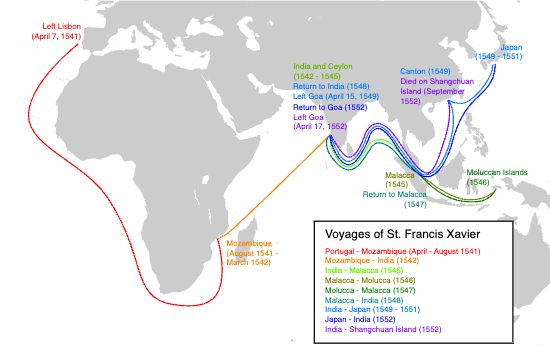Orders and questions
December 1, 2022
Even for insiders, the astounding diversity of Catholic religious orders of men and women can seem dizzying. Monks and nuns, friars and canons, priests and brothers and sisters of many stripes.
Why so many? And what do their differences signify?
For a partial answer, I find it useful (albeit reductionist) to understand each group's distinct mission as an earnest response to a single question, posed repeatedly over centuries: How might we authentically live out Jesus’s teaching in our own world right now?
The early Benedictines and other monks retreated into rural solitude not long after Christianity’s shocking transformation from a minoritized community’s creed to the official religion of the Roman Empire. Once their society embraced Christianity, some sought authenticity through rejecting society and its comforts.
Centuries later the Franciscans and other friars — the begging orders — emerged just as long-distance trade and a money-based economy were enriching the merchants of Italian cities. For Francis of Assisi, following the Gospel authentically required radical poverty. Rejecting all property, Francis and his first followers literally begged for their daily bread. (What of Clare of Assisi? She sought something similar, but — like most other religious women for centuries — had to settle for a cloistered life.)
No societal change spurred as many new orders as the aftermath of the French Revolution’s anti-religious efforts. Marianists, Marists, the Congregation of the Holy Cross, the Little Sisters of the Poor, and many other new orders arose from that early nineteenth-century context.
What of the Jesuits? It’s hardly accidental that the widely traveled followers of Ignatius Loyola emerged during what historians of Europe used to call the “Age of Discovery” — the time, in other words, when it dawned on Europeans that they shared a world with a diverse array of peoples, cultures, and faiths they had never imagined.
So when I think of Francis Xavier, whose feast day we mark on Saturday, I remember his extraordinary 16th-century voyages to Asia. I reflect on how his encounters, together with those of other early members of the Society of Jesus, laid the foundation for the Jesuit values of accompaniment and solidarity. People for and with others.
Thinking of Francis* also reminds me of the perennial question we share, whatever our individual traditions and beliefs: how might we, as members of a Jesuit Catholic university community, authentically live out that mission here and now, in the place and among the people we find ourselves?
Here on our campus, with the students and colleagues who share it with us. Here in this world at this moment, as blank sheets of paper and cries of “Woman, Life, Freedom” challenge authoritarianism across the same globe that St. Francis once traversed.
How might we, I wonder?
David Mengel
*Of course, Francis also always reminds me (and others!) of the crab.
MAP: Nicoco007, CC BY-SA 4.0, via Wikimedia Commons
